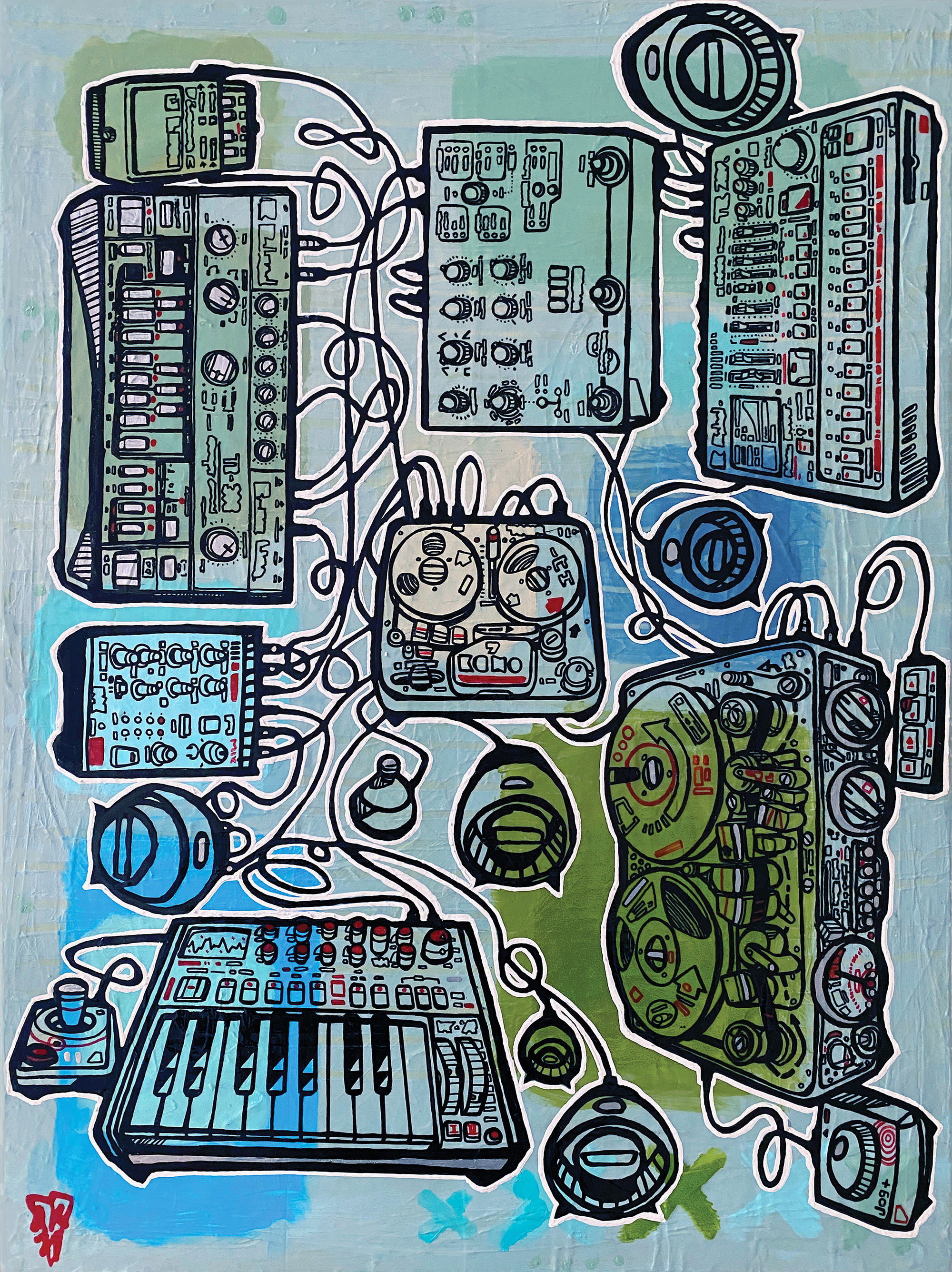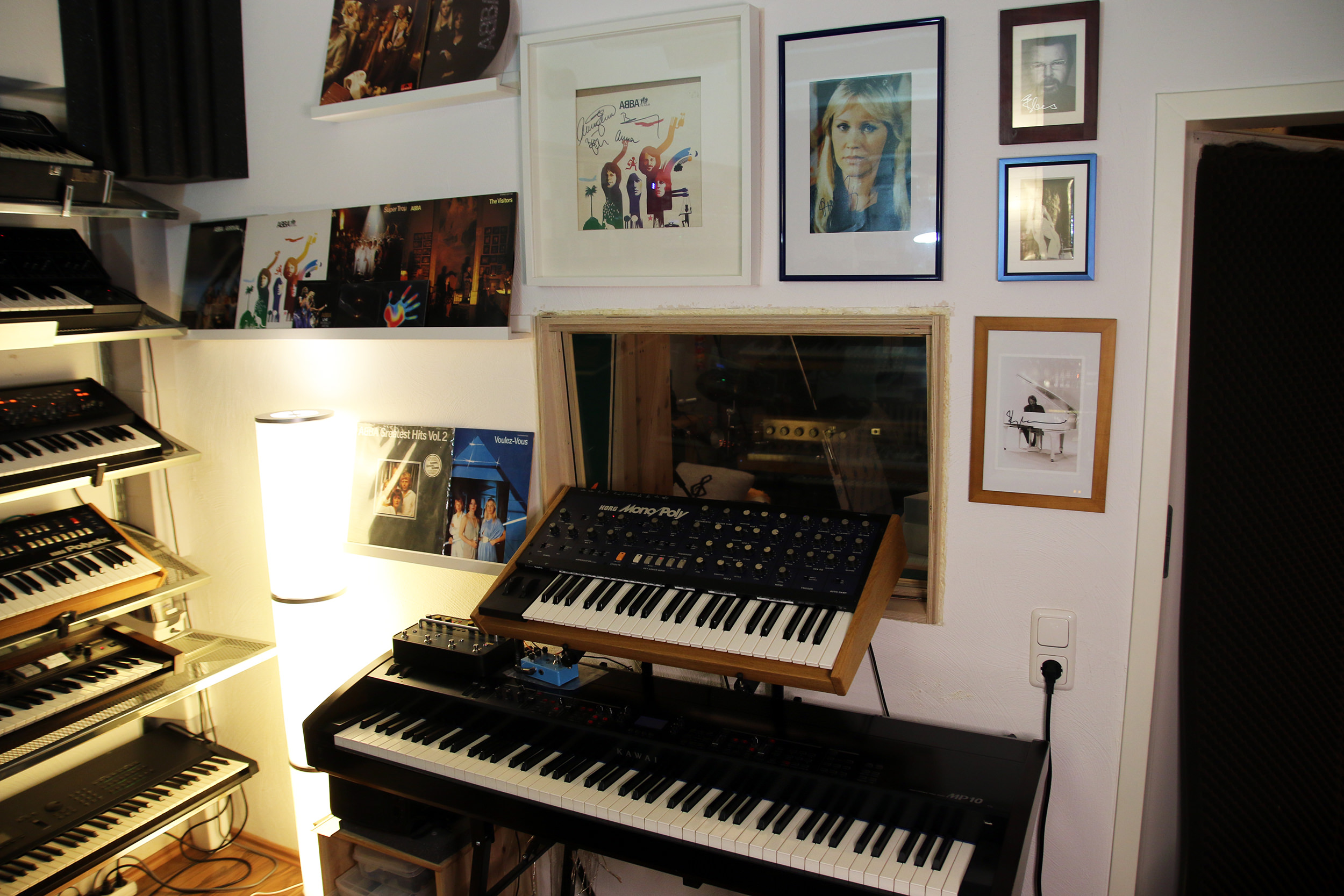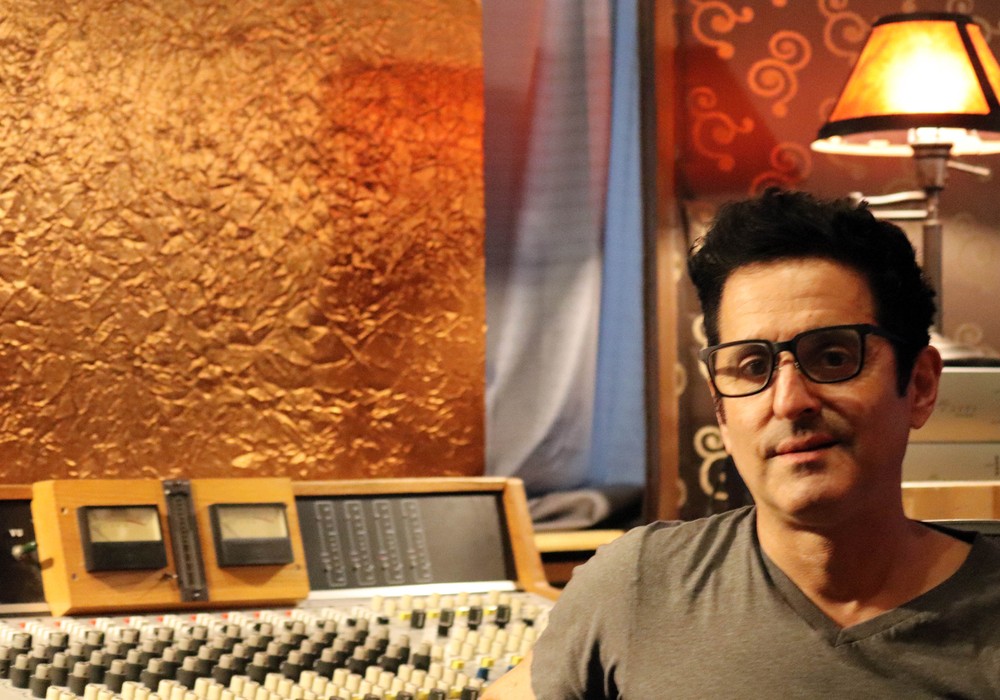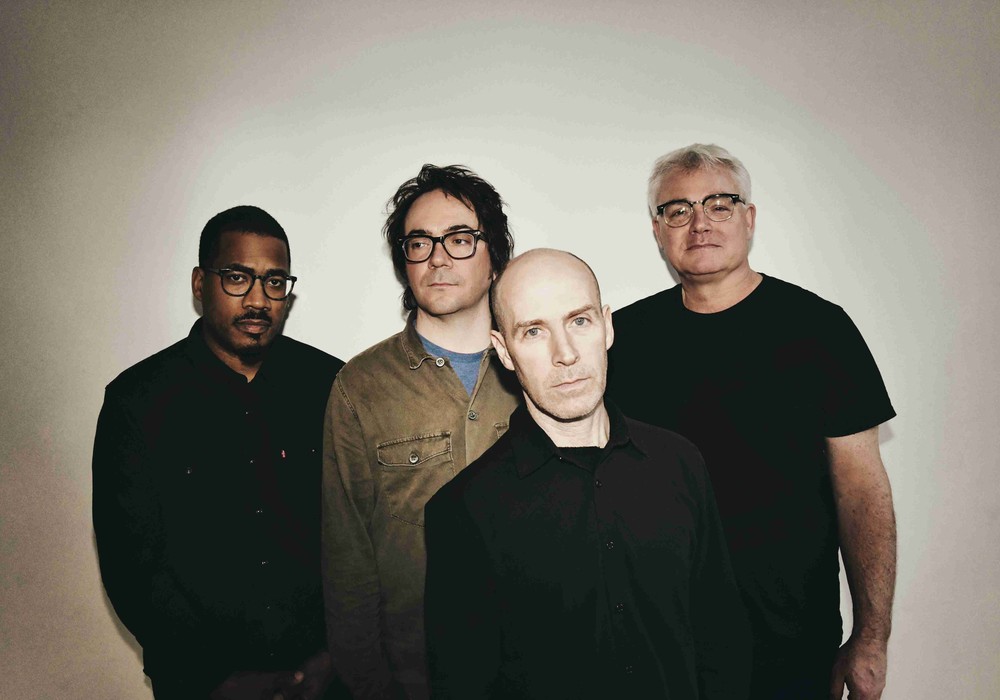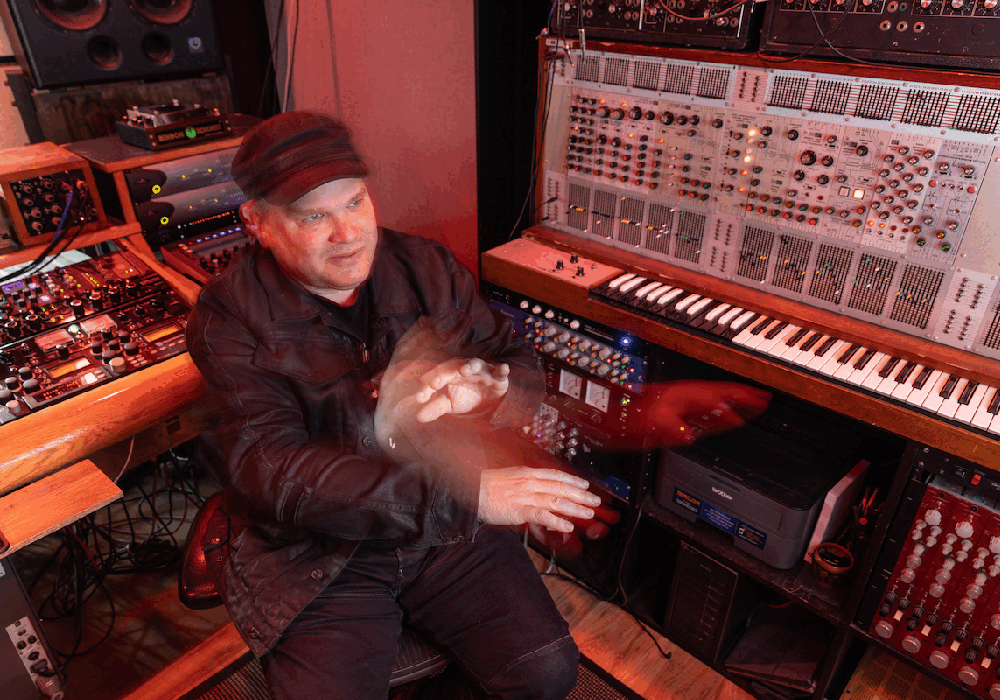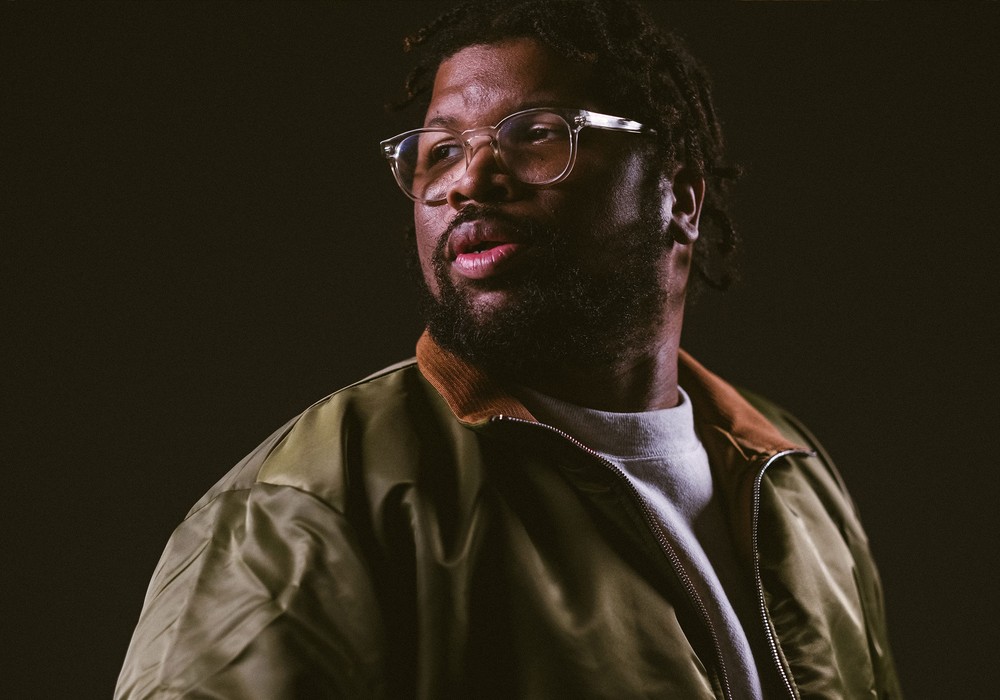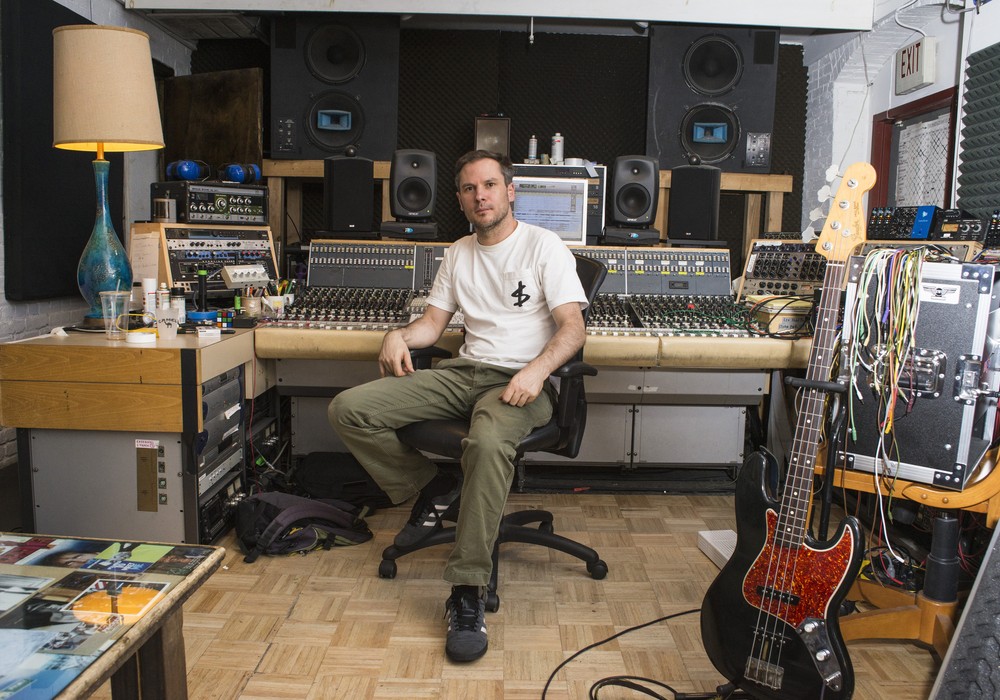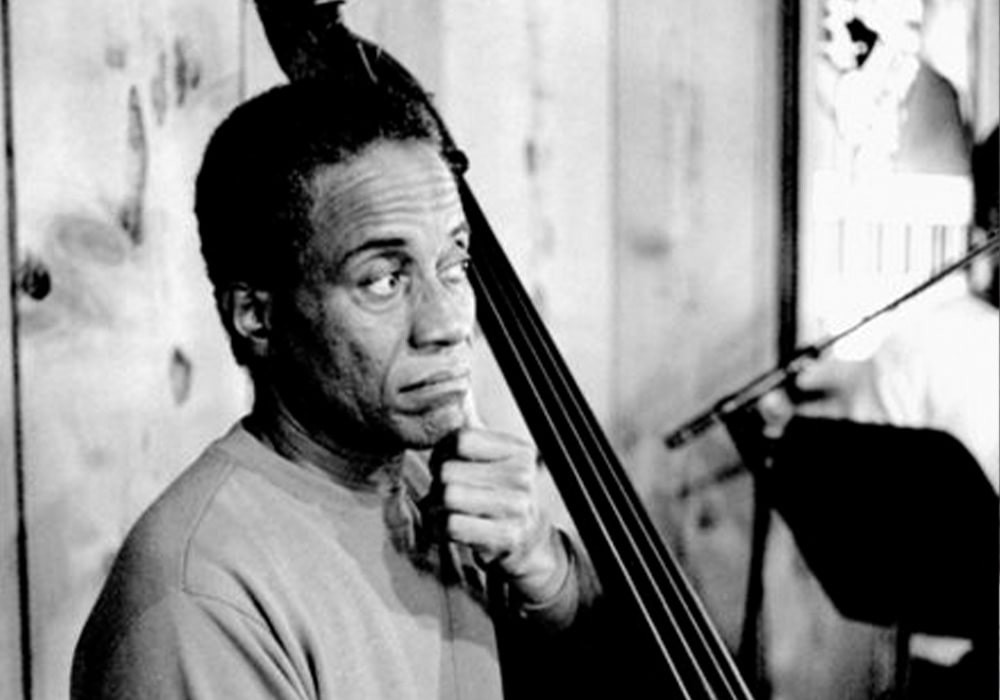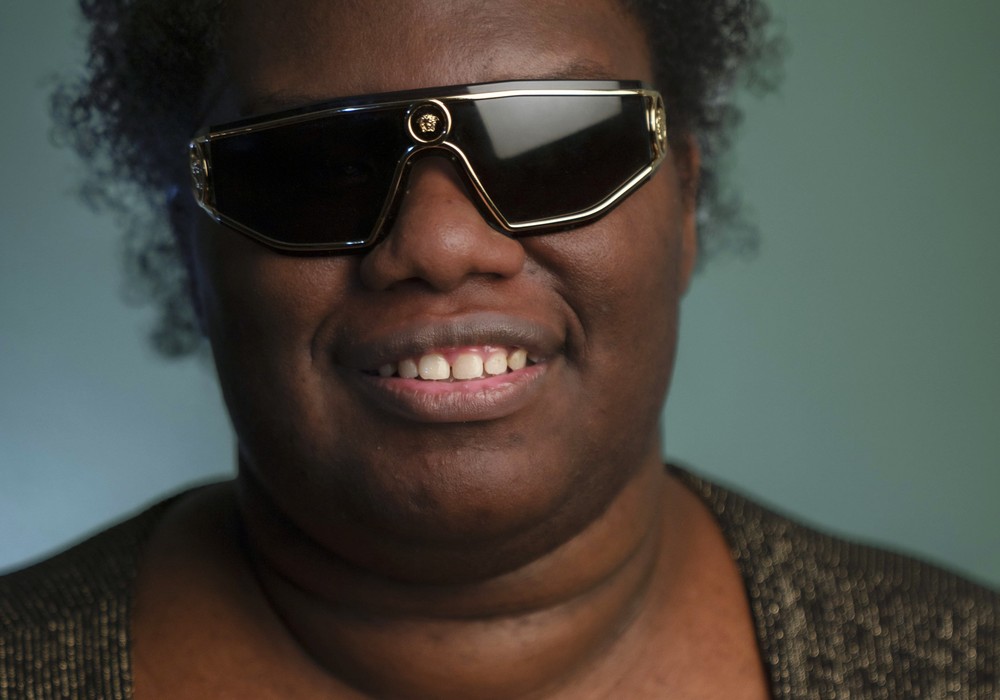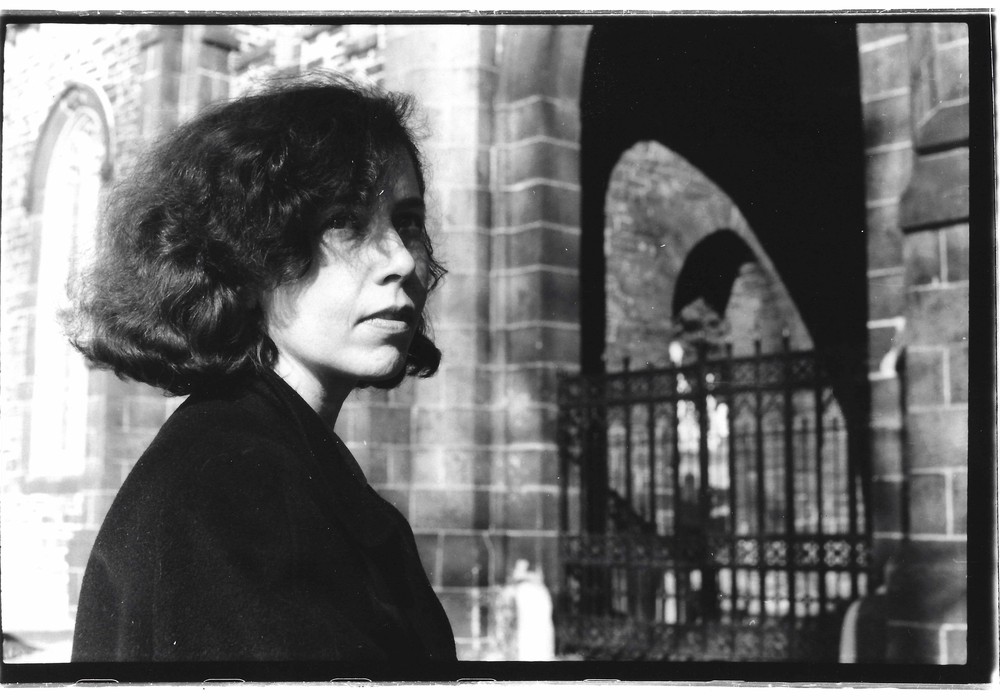Throughout his eight-year adventure of recording and producing Groenalund, a project for capturing the sound of the group ABBA, Martin Gerke has overcome plenty of discouragement. However, over the last couple years the pieces have finally come together for his debut release. What no one could have predicted is that ABBA, after a 40-year hiatus, would also release a new album (Voyage) with new songs at the same time. Martin’s intense passion for capturing the sound of ABBA eventually took him to ABBA member Benny Andersson’s studio Riksmixningsverket (RMV Studio) in Stockholm, Sweden. Groenalund includes vocalists Sarah Schumacher, Mabel Winkler, and Karo Biewald. Even Janne Schaffer, ABBA’s session guitarist, befriended Martin and ended up playing on the upcoming Groenalund album, #lovestorm.
Photo Above: L to R: Mabel Winkler, Sarah Schumacher, Karo Biewald, and Martin Gerke
Your first Groenalund album, after eight years in development, is about to be released soon?
The Groenalund album will be out in 2022. Initially I was hoping for December 2021, but then the new ABBA album [Voyage] finally came. I never thought ABBA would make a new album! I never would have done this project if I had known that ABBA would release a new album. My motivation was based on the thought that they would never record again, and I was so sad about that. So, I had fantasies about how they would have done it in the ‘80s, had they continued.
Did you ever think of becoming an ABBA tribute band?
No. There are so many ABBA tribute bands; I don’t want to make another one. My idea was to get to the core of this sound, do my own songs with the ABBA sound, and transport it to today.
What prompted you to consider recording songs that sound like ABBA?
I had to do something with my ABBA passion, and creating my own band grew in me. The moment it came to the surface was when I was in Stockholm in 2013, when ABBA The Museum opened. It’s located in a part of Stockholm called Gröna Lund, so I chose that name and slightly transformed it to Groenalund. I don’t want to be confused with the amusement park with the same name in that quarter of Stockholm. Besides, the band name looks even better.
Were you influenced by ABBA in your early childhood?
When I was eight years old, one day I was alone in a house with the friends of my parents, and randomly picked up ABBA’s Greatest Hits Vol. 2 album. The first song I heard was “Gimme! Gimme! Gimme! (A Man After Midnight).” That was the moment I became a hardcore fan, from zero to one hundred percent. Since then, it has never changed for me. I had mostly listened to classical music at that point, because that is what my parents played at home. I was used to Bach, Beethoven, and Mozart’s piano concertos. ABBA was the possibility for me to widen my horizon into pop music because they had this classical language, and from there I could go to any musical style I wanted. My classical roots eventually also made it possible for me to work in the film music industry.
Is Groenalund your full-time pursuit now?
I’m a full-time studio owner, earning money from vocal studio recordings and film productions. But every free minute is for Groenalund.
When you write a Groenalund song, do you think in terms of the lyrics, or is there a melody already floating around?
I studied how Benny and Björn [Ulvaeus] wrote. I think it’s a good idea to start with the music, because the lyrics can have too much influence on a good melody. I feel I’m more free to compose and then write the words later. It’s always a miracle when the song goes in a certain direction, and at a certain point, words appear. I don’t know where they come from, but suddenly I can grab them, and the rest of the lyrics seem to fall in line.
How do you effectively achieve a similar ABBA sound today?
Well, I would have loved to use a Harrison board [as ABBA had used], but I used mostly plug-ins from UAD, including the Harrison [32C] EQ, the Studer A800, and the Ampex ATR-102 that I feel are very important for the sound.
I saw you are using the Mackie MCU PRO with a couple of [MCU XT PRO] extenders for a control surface.
It’s important to have them when I am mixing choirs with lots of layers. Compared to using a mouse, it’s quicker and more musical.
ABBA’s engineer, Michael B. Tretow, said he used to achieve a larger, more chorus-like sound by simply wrapping some tape around the capstan to slightly alter the speed when processing sounds. You’re not using tape, so what was your solution?
Well, that’s a crucial question, and I found a solution for it. [laughing] There is no plug-in that can...
